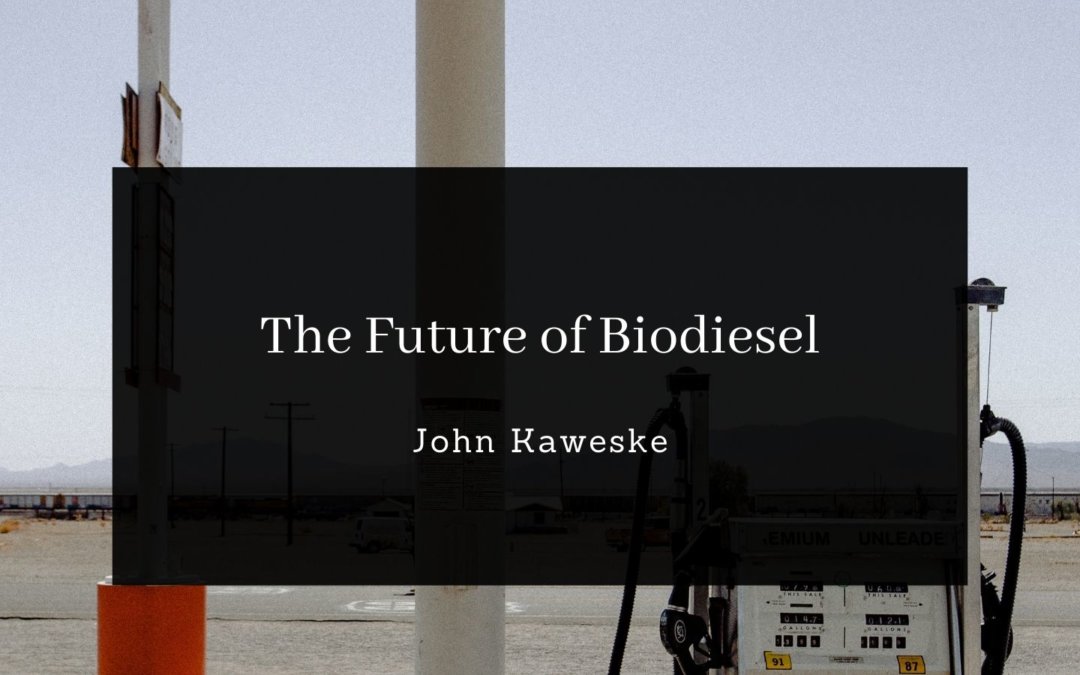Greenhouse gas emissions that drive global warming increased by 32% from 1990 through 2016. The transportation sector generated the majority of that carbon output. That means primarily on-road vehicles. This makes over-the-road transportation a focal point of reducing carbon emissions, driving the destructive effects of climate change.
There are two options for reducing GHG. One is to reduce the amount of fuel used. The second is to develop alternative fuels that generate less greenhouse gas emissions. Experts say the first option is not viable. Electric vehicles are not a solution because most electricity is still created using fossil fuels.
That’s why many experts believe biodiesel will remain a strong solution.
Biodiesel was first used more than 100 years ago. The first cars, including the Model T, ran on biofuel made from hemp oil. However, when crude oil became widely available and cheaper, the use of biofuels quickly dropped away.
But since the oil crisis of the 1970s, the race had been on to develop alternative fuels that can be produced on a mass scale and in sufficient quantity to replace carbon-based fuels.
Biodiesel has gone through two significant incarnations of development, referred to as first-phase biodiesel and second-phase biodiesel. The first was primarily made from sugarcane and corn. This form of biofuel ran into stiff opposition from environmentalists and others who decried the use of food sources as fuel for transportation.
Second-generation biodiesel is HVO biofuel. This is derived from an array of vegetable oils, especially rapeseed, palm, and soybean oil. HVO biodiesel can also be made from waste animal fats.
In the future, interest is vital in developing HVO biodiesel blends as an alternative to carbon-based fuels. The United States and Europe have been building extensive oil pretreatment and hydrotreating facilities as they anticipate growing demand for on-road use of alternative fuels.
Today, about 15% to 20% of biodiesel produced is second-phase HVO. Strong indications suggest it will increase by 40% by 2021. Experts say HVO biodiesels will dominate the market for at least the next ten years.
Biodiesel will likely be a significant player in the fuel sector at least into the year 2050. Keep in mind that many unknowns remain, and breakthroughs in other technologies can change the transportation fuel outlook dramatically in any given year.
John Kaweske of Colorado Springs is a biodiesel fuel and technology expert. As President of Bio Clean Energy, S.A., he draws from 20 years of professional experience to offer valuable insight into the industry. When he isn’t working on clean energy efforts, he’s spending time with his family and practicing daily meditation.

